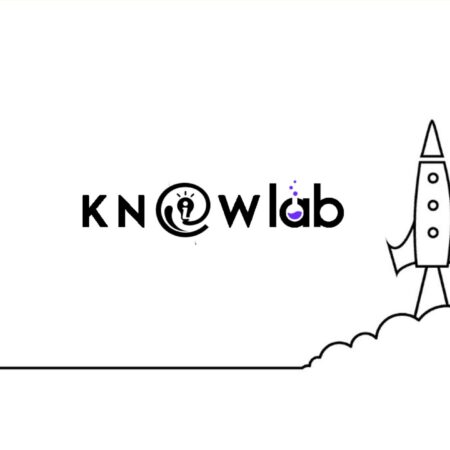 Satoshi Nakamoto is the name used by the unknown person or people who designed bitcoin (first ever cryptocurrency) and created its original reference implementation. As part of the implementation, they also devised the first blockchain database.
Satoshi Nakamoto is the name used by the unknown person or people who designed bitcoin (first ever cryptocurrency) and created its original reference implementation. As part of the implementation, they also devised the first blockchain database.
ALSO, CHECK OUT THE INFOGRAPHIC BELOW BY fullestop on Blockchain
Before going to the blockchain, let’s see the problem with the current transaction system
For the past few decades, we have been living in the Internet of Information. When I am sending you a word document, PowerPoint, email or text message I’m not actually sending you the original, I’m sending you a copy. Which is great, But when it comes to financial assets, things like Money, Bonds sending a copy is not a good idea. If I’m sending you $100 it’s pretty important that I don’t still have the money.
This has been called the Double Spend problem by cryptographers for quite a long time. So today, we rely entirely on big intermediaries such as Governments, Social Media Companies, Credit Card Companies, Banks. These intermediaries establish trust and certainty with every transaction of value.
These intermediaries perform every type of transactional logic from every kind of commerce from authentication and identification of people, clearing, settling and record keeping.
Overall they do a pretty good job. But there are growing problems…
They are Centralized, therefore creating one point of attack that hackers continue to breach.
Blockchain is a decentralized database that holds a continuously growing list of records or transactions in real time. Each set of transactions is stored together as a block, which is connected to a succession of other blocks in chronological order. Each block uses a digital signature that makes them verifiable, permanent, transparent, and extremely secure.
In Layman’s term
Imagine any other digital asset from music to energy that ran on the Blockchain. With Blockchain the validity, integrity and transactional information are NOT centralized and controlled by one group, in one place, like a bank or credit card company… but instead posted live to a network that is operated and validated by millions of people called miners.
The blockchain technology was dramatically disrupted by Uber, a decentralized network of drivers with their own vehicles, time, resources and energy to provide service for the Uber network in exchange for money. The only job of Uber is now to process, validate and confirm transactions and pick-ups. The system is now set up as a decentralized incentive structure for drivers to now earn as they drive therefore saving these transportation companies billions of dollars.
With the application of Bitcoin, for example, think of the mining process as a decentralized opportunity for people to connect, verify and validate transactions for the network, in return, they are INSTEAD algorithmically rewarded with Bitcoin.
Therefore, resulting in a payment system that costs one-tenth of what it costs to operate our current digital payment systems.
Think of miners as the drivers for Uber. They have their own equipment, resources and time to spend operating the network but earn based on the energy that they produce for the network or in other words the number of transactions that they verify and validate.
Blockchain provides such a platform where Bitcoin overcomes all the issues of traditional banking. Let us look at these in detail.
1. Distributed Public Ledger
Every single person on the network has a copy of the ledger. There is no single centralized original copy. Ledger here means the copy of all the transactions that ever happened.
Blockchain is a distributed database that stores all the Bitcoin transactions that have ever happened in the history of Bitcoin.
This ensures that no one person can make changes to the ledger because everyone else will immediately flag it as corrupt.
2. Hash Encryption
Everything stored on the Blockchain is encrypted. This way, everyone is able to see all the transactions but at the same time, no one will know which of those accounts belongs to you.
Isn’t this exactly what we expect a banking system to be?
3. Proof of Work




